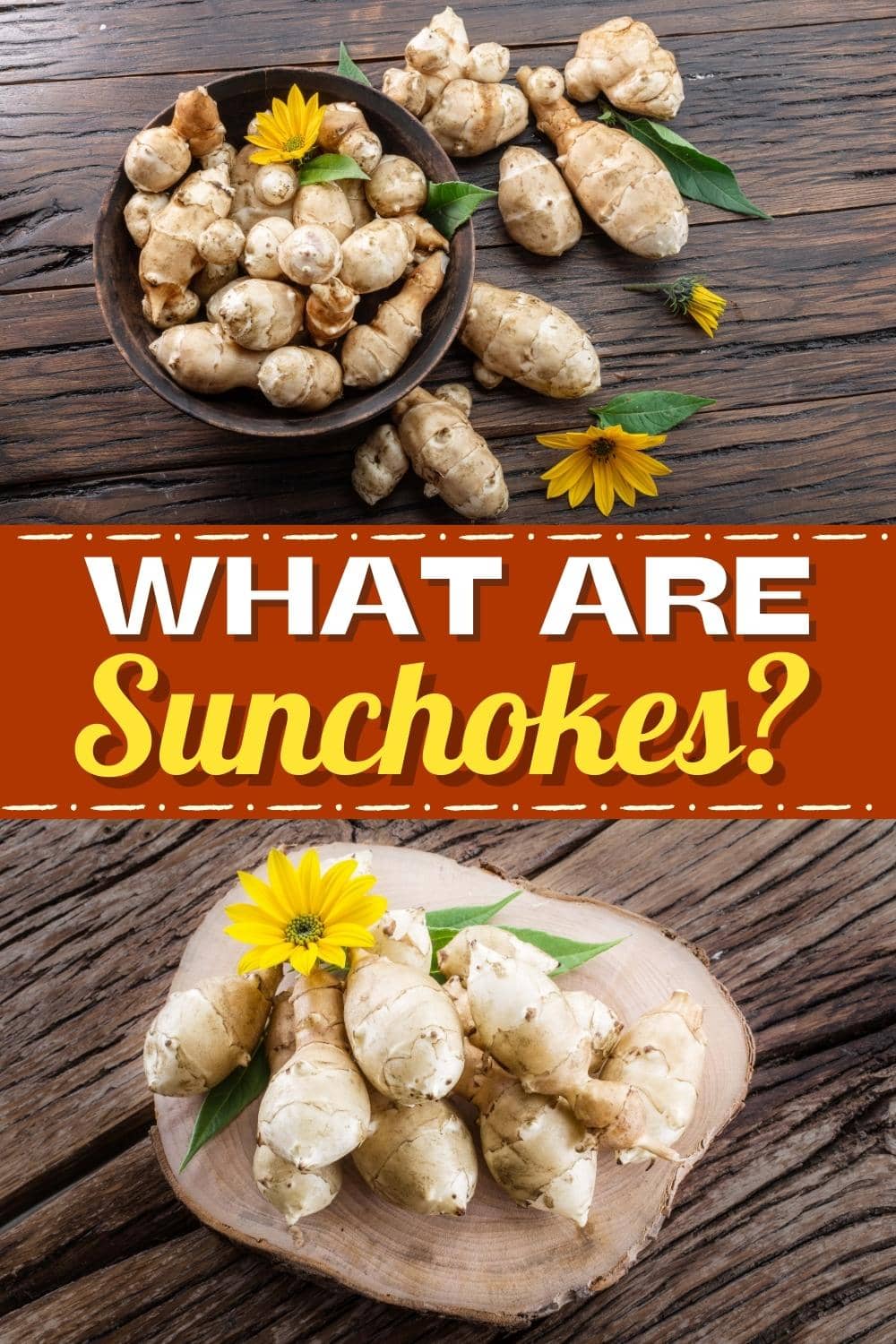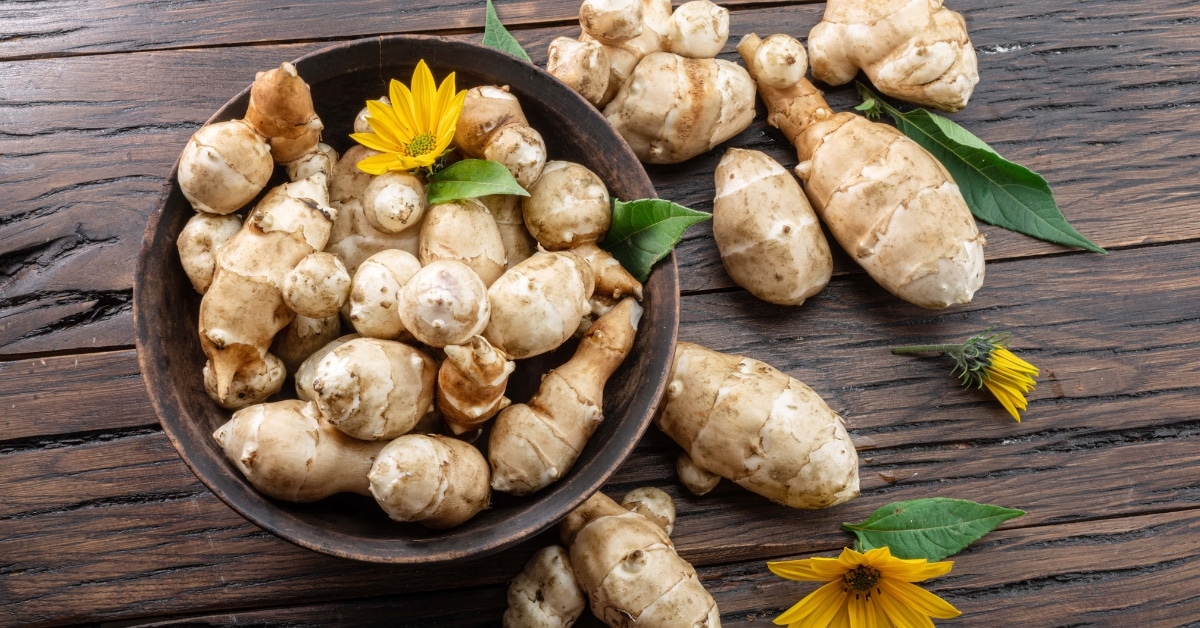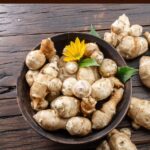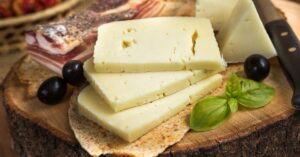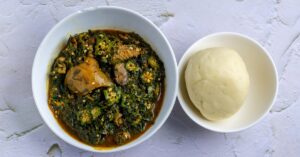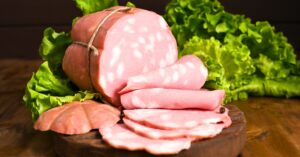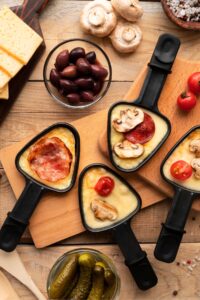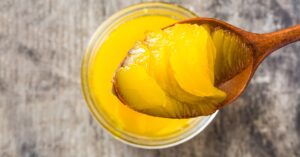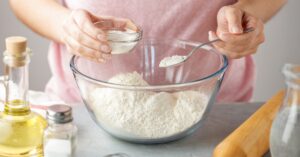What are sunchokes?
The name evokes images of gorgeous yellow fruits with bright flavors and lots of juice. Of course, that image is only about 2,000% incorrect.
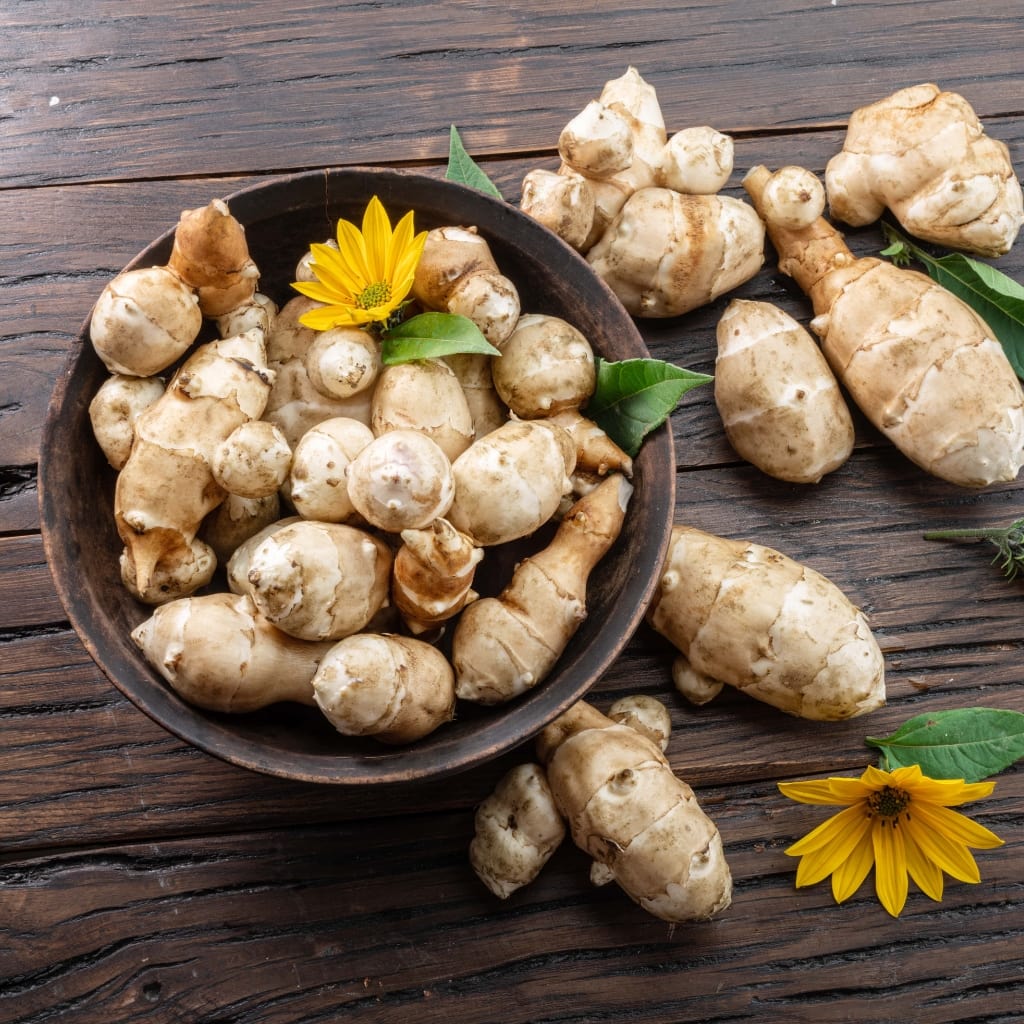
Sadly, sunchokes are not bright yellow. They aren’t fruits, either.
Neither are they full of lots of bright flavor and juice. Everything about my imaginary sunchokes is wrong.
So, what are sunchokes, and how did they get their name? Don’t worry. This article will answer those questions and many more.
So keep reading to learn more about these exciting tubers. (That’s right- they’re tubers!)
What Are Sunchokes?
So, sunchokes are tubers, but that doesn’t mean you should confuse them with potatoes.
They are not potatoes; in fact, they are sunflowers! (That’s where the “sun” in the name comes from.)
Also known as Jerusalem artichokes, they’re native to North America. (Not Jerusalem. Neither are they artichokes – this was a very ill-named tuber.)
They’re the underground stems (called rhizomes) of specific sunflower plants. They look like ginger: brownish-tan, knotty, and oddly shaped.
Their inner flesh is a creamy white and looks like a potato. You can eat them raw or cooked.
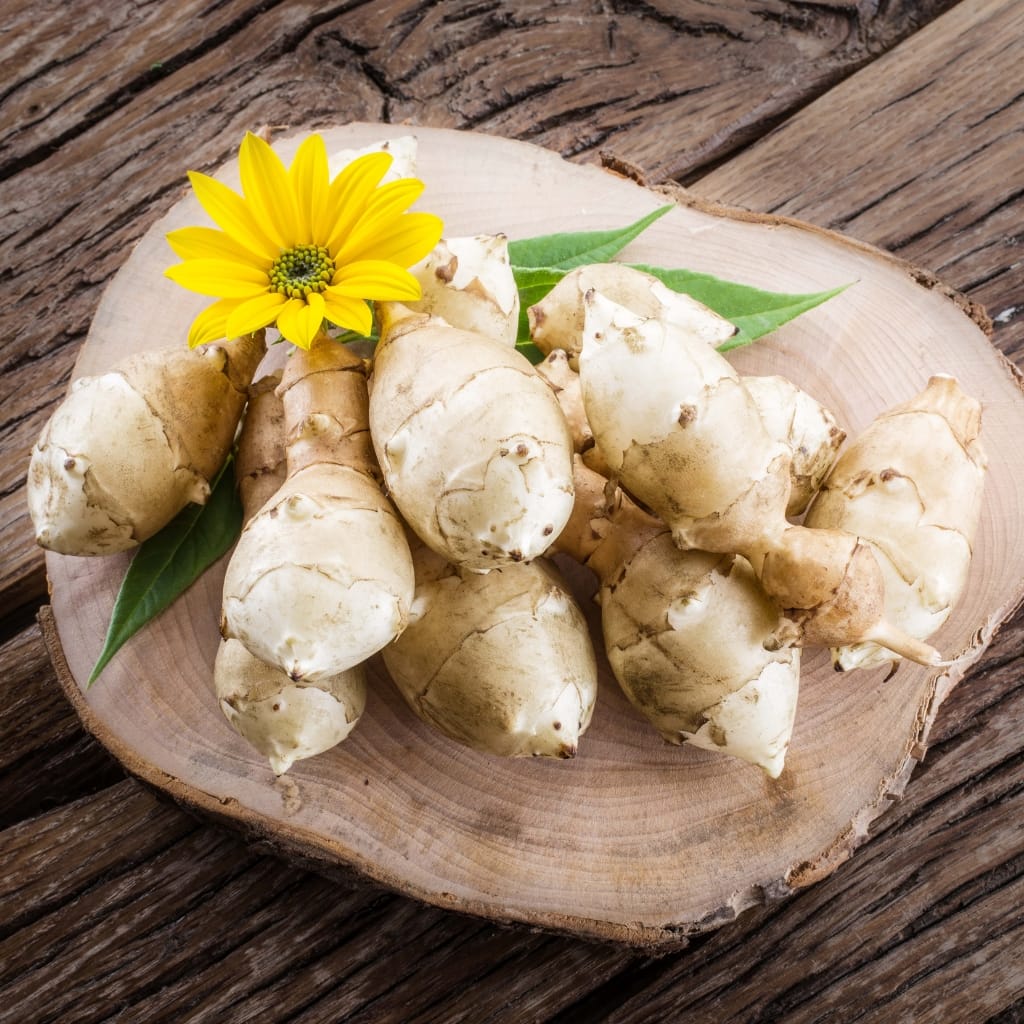
Where Did Sunchokes (or Jerusalem Artichokes) Get Their Name?
The history behind the Sunchokes name is confusing- but interesting. So, let’s discuss it.
The first mention of this plant in writing was in 1603.
Lake Champlain’s namesake, Samuel de Champlain, talked about the plant. He described its taste as being “like an artichoke.”
That led to people calling them some form of artichoke.
But what about the ‘Jerusalem’ part of the name? That bit is a little less clear.
Some say that people misunderstood the Italian word Girasole, which means sunflower.
Europeans likely heard people call the plant the Girasole artichoke.
Possibly they thought they were saying Jerusalem artichoke? That’s one theory.
The other involves the Dutch town that first brought the tuber to Europe. Its name was Terneuzen (ter-nose-en).
Again, people may have heard the name and misunderstood it.
Either way, Jerusalem artichoke was the preferred name for this plant for years.
Finally, in the 1960s, someone thought Sunchoke was a better and less confusing name.
The name, of course, is a hybrid of sunflower and artichoke and makes more sense.
What Do Sunchokes Taste Like?
When raw, sunchokes taste like potatoes, jicamas, or water chestnuts. They have a nutty, almost-sweet flavor and a crunchy texture.
Cooking the tuber transforms both its taste and texture.
They become creamy. And their taste is somewhere between a potato and an artichoke.

How to Cook Sunchokes
You can cook sunchokes in various ways, including frying, roasting, mashing, etc.
You can cook sunchokes any way you can cook potatoes. But you can also enjoy them raw, unlike potatoes.
However, there are a few steps to take before cooking them. They include:
1. Wash them in clean water.
- Sunchokes are tubers; they grow under the ground. Like all tubers, they’ll be quite dirty.
- It’s important to wash them thoroughly before cooking with them to remove that dirt.
2. Dip them in lemon water.
- Otherwise, the sunchokes will oxidize and turn brown after cutting them.
3. Boil or blanch them to remove the skin.
- Sunchoke skins are 100% edible. So, you don’t have to follow this step if you like to leave the skins on.
- However, peeling them without boiling or blanching them is extremely difficult. Don’t peel them raw.
Once you’ve followed those steps, you can cook them however you like best.
Sunchoke Nutritional Value
The following is a breakdown of the nutritional profile of 100 grams of sunchoke:
- Calories: 73
- Fat: 0.01 g
- Protein: 2 g
- Carbs: 17.44 g
- Fiber: 1.6 g
- Sugar: 9.6 g
Sunchokes are also high in magnesium, iron, potassium, and calcium. They also contain inulin, which can help with weight loss, diabetes, and digestion.
The most common downsides of eating sunchokes are bloating and gassiness.
(However, these shouldn’t be a problem unless you eat excessive amounts of sunchokes.)
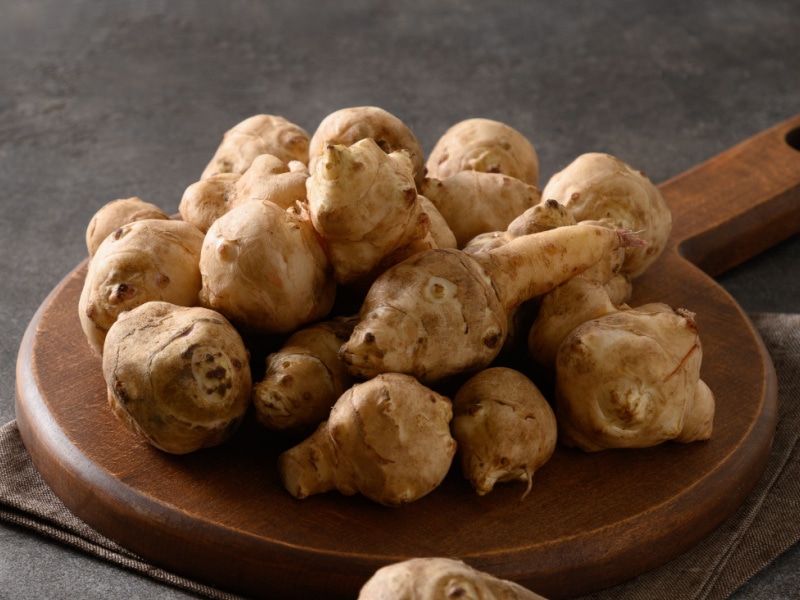
Where to Buy
You won’t often find sunchokes in your local grocery store. (Publix has carried them in the past – only rarely, though.)
Instead, look for it in specialty grocery stores or farmers’ markets. It’s most common in the late fall and early winter months.
Select firm sunchokes with no soft or moldy spots. Avoid wrinkled or shriveled sunchokes. Look out for bruised areas, as well.
How to Store
As mentioned, sunchokes are prone to bruising. You can help avoid this by wrapping the tubers in paper towels before storing them.
Use a couple of paper towels for each individual vegetable. Then, store them in plastic bags in the refrigerator for up to a week.
You may also want to dip them in lemon water before wrapping them. This helps prevent oxidizing.
